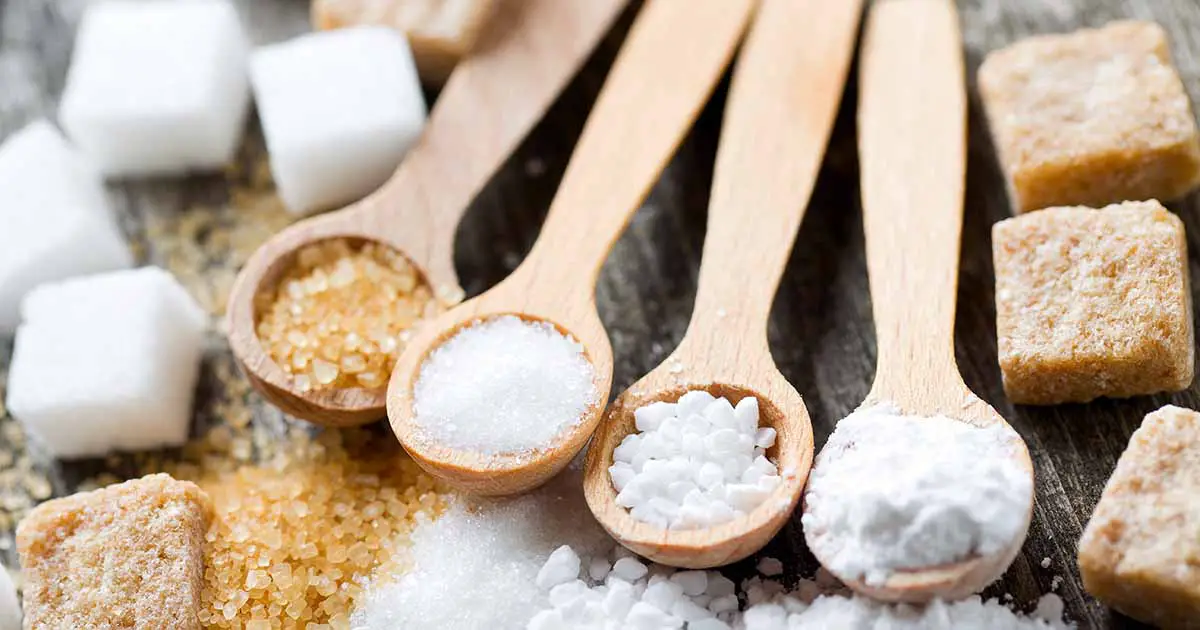Reasons for which vegetables are cooked
- To soften the product
- To improve the flavor.
- To increase the digestibility.
- To preserve the vegetables.
Effects of heat on vegetables
Cooking is the application of heat to food to make it safer to eat, digestible and more palatable. Cooking also changes the appearance of the food. Heat breaks down the cellulose and the starches present, changes and blend flavor within the food, and also destroy bacteria to make food digestible.
- CARBOHYDRATES: Caramelization and Gelatinization. Both sugar and starch are carbohydrates. Caramelization is browning of sugars and Vegetables get softened by the gelatinization of the starch.
- VEGETABLE FIBERS: Fibbers are a group of complex substances that give structure and firmness to plant. they cannot be digested. Heat breaks down the fibers. Alkali makes fiber softer but make them mushy and lose essential vitamins.
- MINERALS, VITAMINS, PIGMENTS AND FLAVOUR COMPONENTS: Minerals dissolve in water during cooking. Vitamins and pigments may also be destroyed by prolonged cooking. Pigment and flavor may also determine whether the food is appetizing enough to eat or not.
- PROTEIN: When heat is applied to the protein they become firm or they start to coagulate with heat. Proteins become tough and dry when exposed to high heat.
Various Rules For Vegetable Preparation
- Do not let the vegetable soak in water unless necessary.
- Wash the vegetables just before peeling.
- Cook or bake the vegetable in their skin.
- Use the minimum amount of liquid during boiling.
- Use the water in which the vegetables are boiled (pot liquor).
- Use the correct cooking medium which can be acidic, alkali or neutral.
- Cut the vegetable as near to the cooking time as possible.
- Serve the food as soon as it is ready for the service.
- Keep the oxygen away from the vitamin-rich foods by covering them with water.
- For uniform doneness, cut into uniform sizes before cooking.
- If vegetable must be cooked in advance, slightly undercook them, cool rapidly in cold water, drain and refrigerate, then reheat to order.
Suggestive cooking for different vegetables
- Boiling: This is the most common method of cooking vegetables. For green vegetables such as peas, french beans, etc. The vegetables are put in boiling water and cooked for the minimum time possible and refresh to avoid overcooking. Green vegetables while boiling should not be covered; otherwise, their color will be changed to olive green. Root vegetables should be placed in cold water and the pot should be covered by a lid, the water is brought to boiling point then simmer till the vegetables are cooked.
- Steaming: vegetables are cut into even size after washing and placed in the steamer for cooking. This method helps in the maximum preservation of the nutrients and good for peas, beans, cauliflower, cabbage, etc.
- Braising: vegetables after blanching are laid on aromatic to be braised such as cabbage, onion, etc.
- Baking: vegetables baked in a baking oven suitable for potatoes, tomatoes, pimentos, etc
- Roasting: some vegetables can be roasted. They are placed in a hot pan containing oil and condiments suitable for potatoes, onions, and parsnips, etc.
- Shallow frying: it is applicable for mushrooms, onions, pepper, tomatoes, etc.
- Deep frying: vegetables such as potatoes, brinjals and onions can be deep-fried but a loss of vitamins takes place in this method of cooking.
- Grilling: small potatoes can be grilled to give color.
- Stewing: vegetables such as marrows, peas, etc. Can be stewed.
How to Retain the color of Green Vegetables
- Cook them uncovered to allow the vegetables volatile acid to escape. when the vegetables are cooked with a cover, the plants natural acid in leeched into the cooking liquid and is trapped there creating an acidic cooking medium. This combined with the heat present and destroys the pigment.
- Cook them quickly until just “Al Dente”, Extended exposure to heat will destroy the color.
- Steam Green vegetables whenever possible, this shorten the cooking time, allows for less acid build-up and retain more color.




